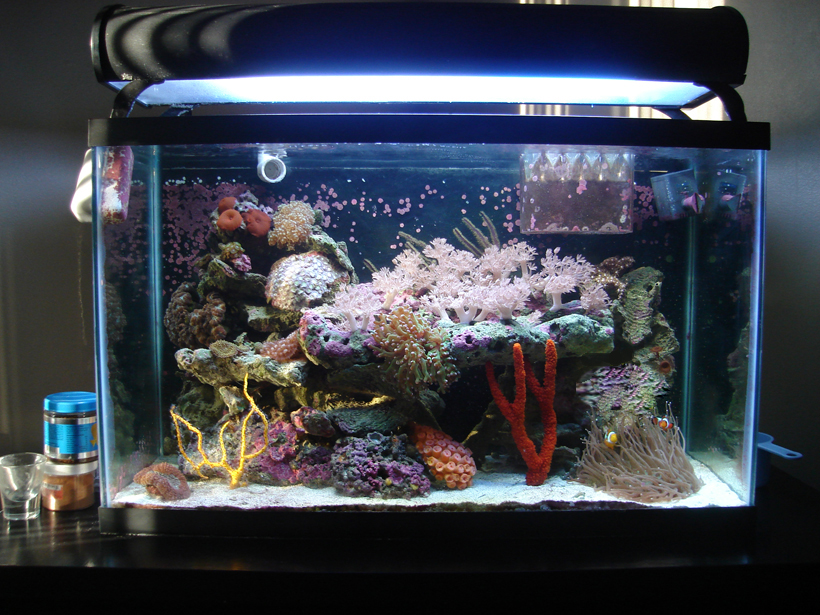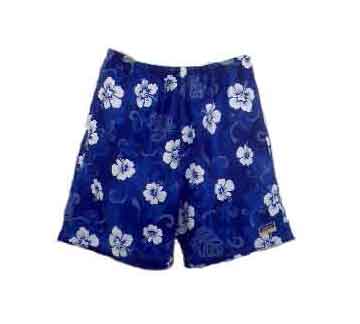What do you guys think about this....
http://www.reefkeeping.com/issues/2004-05/rs/feature/index.php
Problem Rock:
There is only one problem related to the use of live rock as an effective source of biological filtration. For the rock to be the site of efficient biological filtration, water has to be passed slowly and steadily through the rock. The most likely way that will happen is by the activities of the myriad of animals that live in the rock. Of course, for this to happen there must be animals living in the rock, and lots of them. Therein lies the problem with using live rock as a biological filter. Live rock comes from many sources in today's hobby, and the products that these vendors provide are by no means uniform in their capability to provide biological filtration.
The live rock may be collected and shipped "as is," or it may be "treated" or "cured" in different ways to remove various components of, primarily, the animal fauna living on and in the rock. Some collectors and vendors go to great lengths to ensure that their rock is free of as much of the material as possible that can potentially rot and foul a system. These vendors provide rock that often is covered with a large amount of coralline algae, and very little else. This rock is free of much of the material that can die in transit and rot in the destination tank. It is also free of most animal life. This rock can provide a beautiful backdrop or substrate in a tank, but, unfortunately, it simply can't provide much in the way of biological filtration. The small animals that moved water through the rock are not only dead and gone, but there is likely no fauna available to colonize the live rock and replace them in the destination tank. This rock is full of dead space and algae. Once in the destination tank, such rock will become populated with algae, much as it was in nature. However, there will be no water pumped through the small channels and pores in the rock, and such pores will begin to fill in, primarily by the growth of algae. Such rock has quite a potential for the internal buildup of noxious compounds. If a significant amount of algal and worm biomass was killed by the collection and curing process, this material will mostly remain in the rock, where it will rot. Instead of functioning as a biological filter, such rock would contribute to the system's organic load as these rotting materials slowly diffuse out of the rock over a period of several months.
Growth of coralline algae over the rock's surface will close off most of the small channels and passageways, largely contributing to the decline of the rock's biological filtration capacity. Hobbyists may further contribute to this degradation of filtering capacity by gluing coral fragments to the rock's surface, thus sealing off more of the pores. This may make the inside of the rock anoxic and, if there is much organic material inside the rock, it will start to rot. If the ******** of the rock is subsequently exposed to the tank environment, such material could be deleterious.
Some of the larger openings into the rock will remain. In some cases, these will become occupied by larger worms. The movement of these larger worms can help facilitate biological filtration in the rock, but they cannot maintain it anywhere nearly as efficiently as could the large populations of small worms that had been previously living in the rock.






